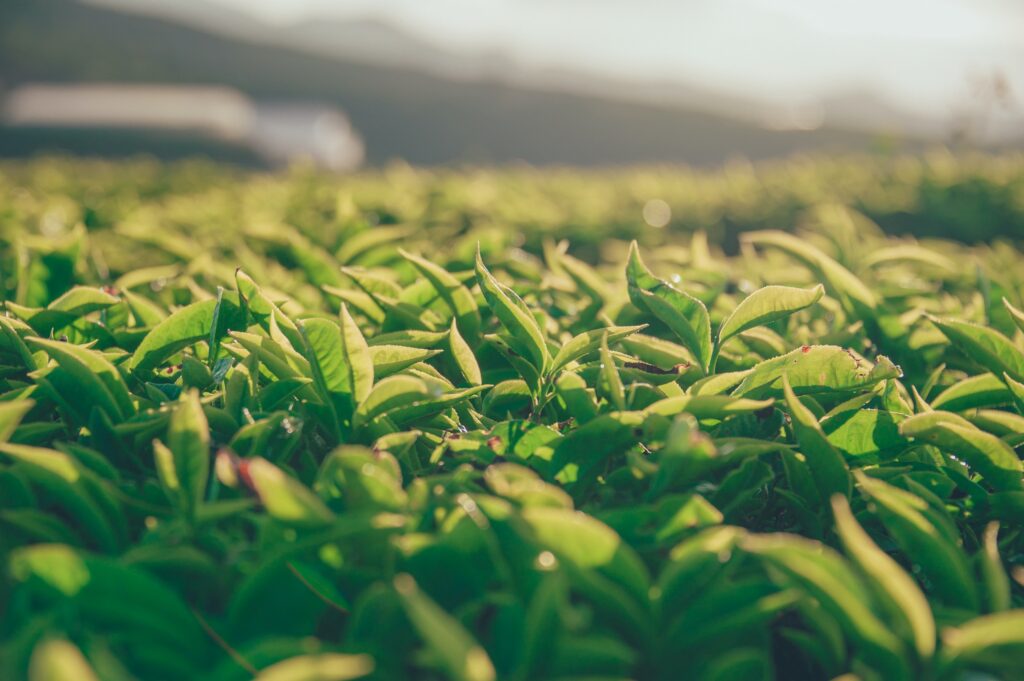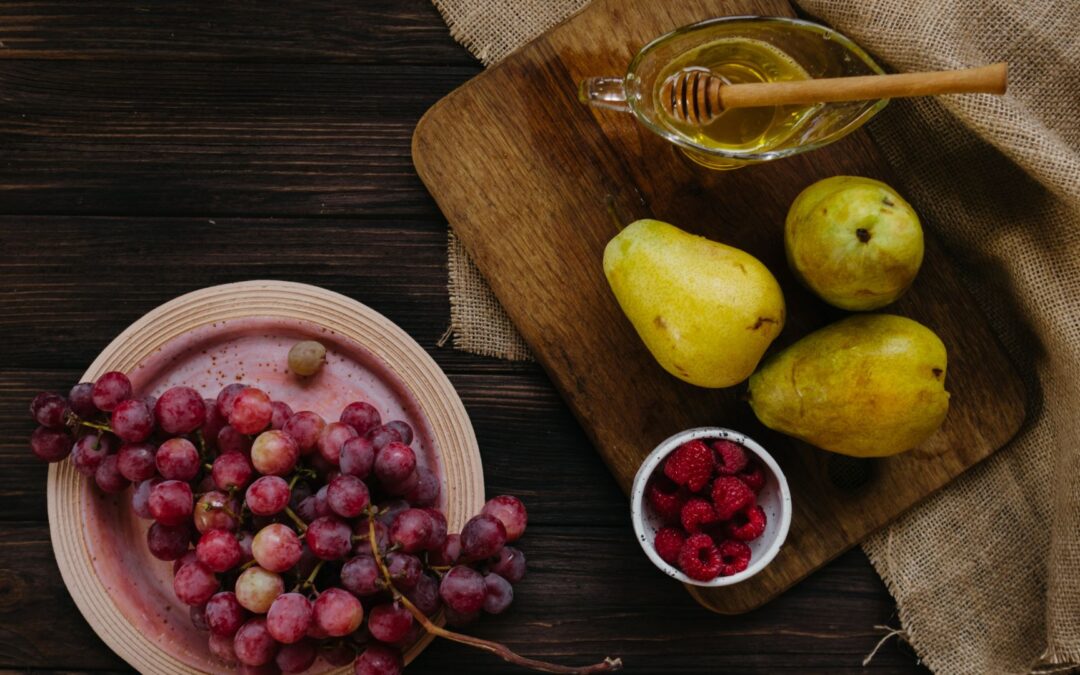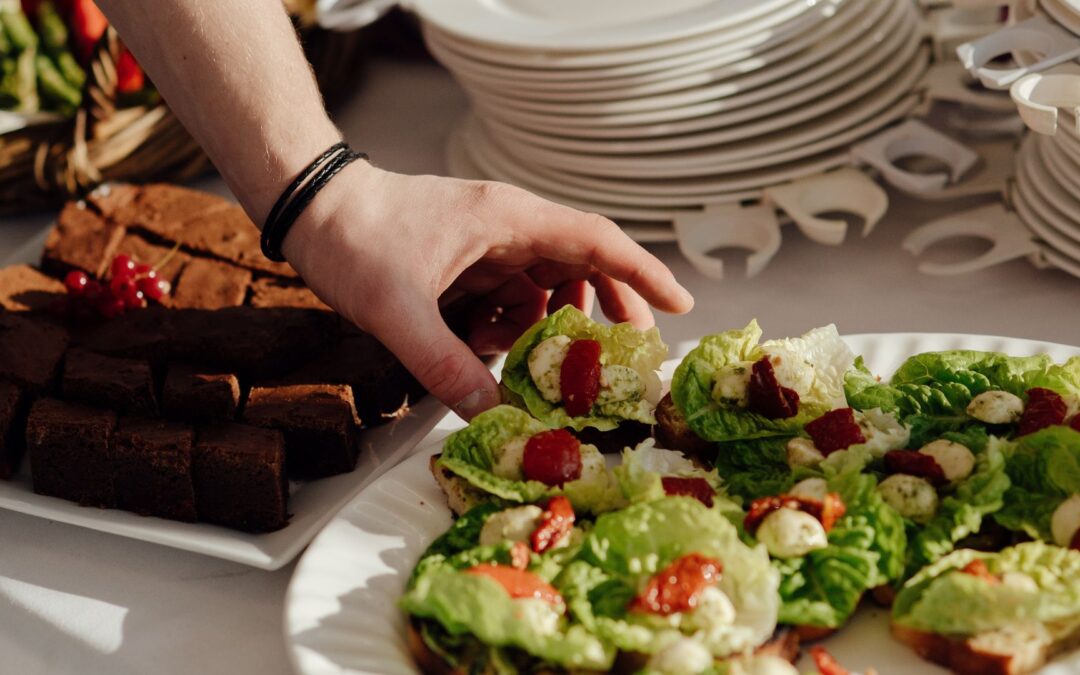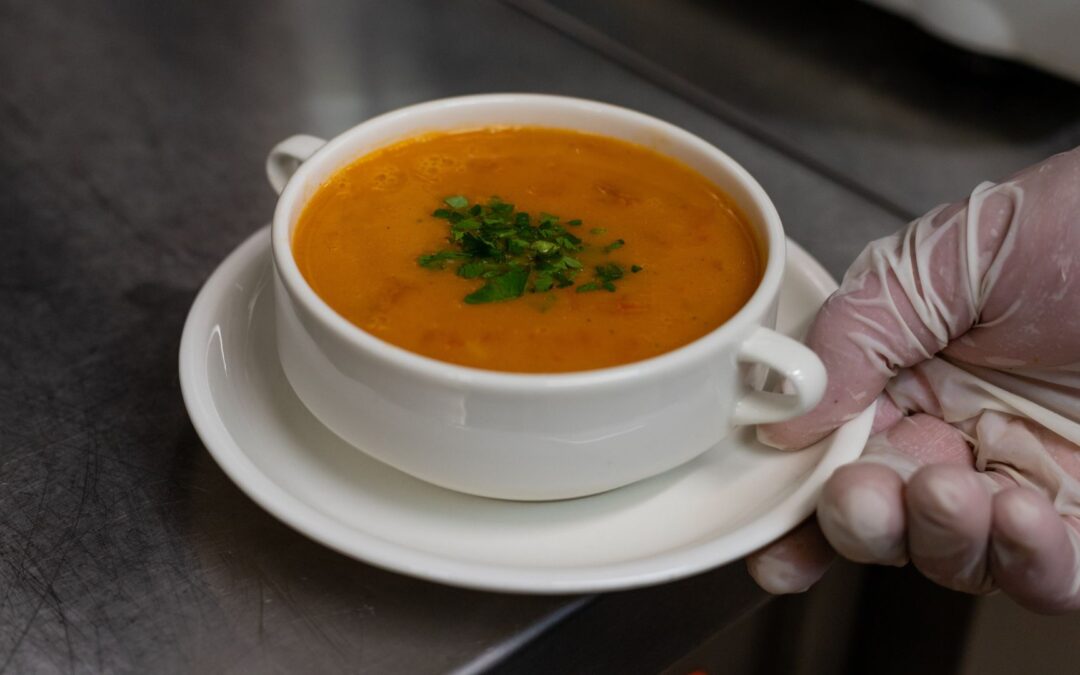“Where there is tea, there is hope”- no one can deny this very line as it defines the importance of tea in everyone’s life. Tea is needed to kick start our day and also to get refreshments throughout the day. Tea is an aromatic beverage that is prepared by boiling water over-processed black leaves. It is the most consumed drink in the world after water. There are many different types of tea. Some are cooling, some are slightly bitter, some are sweet, some are nutty, and some are floral.
We always talk about the health benefits of having any food. Apart from that, we need to know about its originality. How long did tea take to be in its position? How was it originated? How are we all being benefited from it financially and physically? These questions may arise in our minds. Let’s take a tour of the History of the ‘Tea Industry in Bangladesh’.
Along with Bangladesh, there are more than 30 countries of the world that are now producing tea. The prominent countries are India, Sri Lanka, China, Indonesia, and Kenia. The tea industry is developed in Nineteenth-century in Sylhet. In the time of British rule, the planters initiated the cultivation of tea in the hillocks of Sylhet and also in Assam. In 1834, Robert Bruce was the first one to discover the tea plants. After that in 1840, tea cultivation started in Chittagong as well. Tea saplings were imported from China. The very first tea garden of Bangladesh was established in 1854 at Malnichhara in Sylhet. The other two gardens were in Lalchand and Matiranga in 1860.
From that time, Bangladesh started its journey in the competitive industry called the ‘Tea Industry’. Our tea-producing districts are Rangamati, Chittagong, Sylhet, Moulvibazar, Brahmanbaria, Panchagarh, Habigonj. There were many slumps, outrageous difficulties. But we rose and are still rising in this industry. In the early Twentieth century, many local entrepreneurs also started founding appreciation and started their own companies. Syed Abdul Majid, Nawab Ali Amjad Khan, Gulam Rabbani, Karim Bakhsh are among them. Some renowned companies also made a prominent place in this industry, such as Ispahani Family, James Finlay and Duncan Brothers. Their dominance in the tea industry is quite remarkable till now.

Tea is the second largest cash crop of Bangladesh in terms of exporting. This industry accounts for 1% of our national GDP. Today, Bangladesh is a net importer of tea. The rise of the Bangladeshi middle sector has increasingly driven the industry. It also encourages focusing on a profitable domestic market. The sector is today dominated by Bangladeshi mass like before, including Ispahani Limited, K&K (Kazi & Kazi), The Transcom Group, James Finlay Family Bangladesh, the Orion Group, the Abul Khair Group and Duncan Brothers Bangladesh Limited.
In 2012, Bangladesh recorded its highest production of tea. It was at 63.85 million kilograms. The country has over 56,846 hectares of land under tea cultivation, up from 28,734 hectares in 1947. The government has begun to promote small-scale tea growers, particularly in the region of Chittagong Hill Tracts. The price of Bangladesh tea is determined at the public auction in Chittagong also. In March 2015, the international price of Bangladesh tea was $2.40. The Moulvibazar district of Sylhet has the most tea plantations in the country now.
From a huge number of theories and other research, it is also said that Tea Industry in Bangladesh is facing tough competition in the international market due to higher costs. But we are growing, not hurriedly but steadily. Today, Bangladesh is known around the world for its success and enormous efforts.
In this era of new inventory beverages, tea has its own uniqueness. While talking about types of tea, the very first tea is Black tea. It is generally stronger than other types of tea in flavour. We, the Bengalis, make our milk tea with it. Anywhere we go, we take a small tea break no matter what it is. If you are in the office, pressurized with work a small tea break can energize you in a moment. If we are with our friends or in our family gatherings, tea is the most common beverage. Another tea we all know about for its health benefit is named Green tea. It is known as an antioxidant drink that helps our body and mind to become fresh and healthy. In recent times, instant teas are becoming very popular. As they are easy to make so people find them very prominent. They come with added flavours like- vanilla, honey, fruit etc. Oolong tea is very famous in the Asian context for centuries. In Japan and China, it is the most common beverage.
Bangladesh is moving forward to become successful in the expansion of the tea industry. Our government is also appreciating the hard work of tea planters. Moreover, tea consumption is increasing rapidly around the world. So, our country is trying and giving its best to implant new tea estates and factories.
For the last decade, tea growers are investing a lot to expand this industry, to flourish and reach out to every corner of the world. This is how we have become the largest export country in the world. I hope you all have gotten a brief idea about the history of our tea industry. The hard work, the compassion for it has been the key to this success. Now let us all celebrate the success of our country by telling the history to our young generation. Let us not forget our roots!






